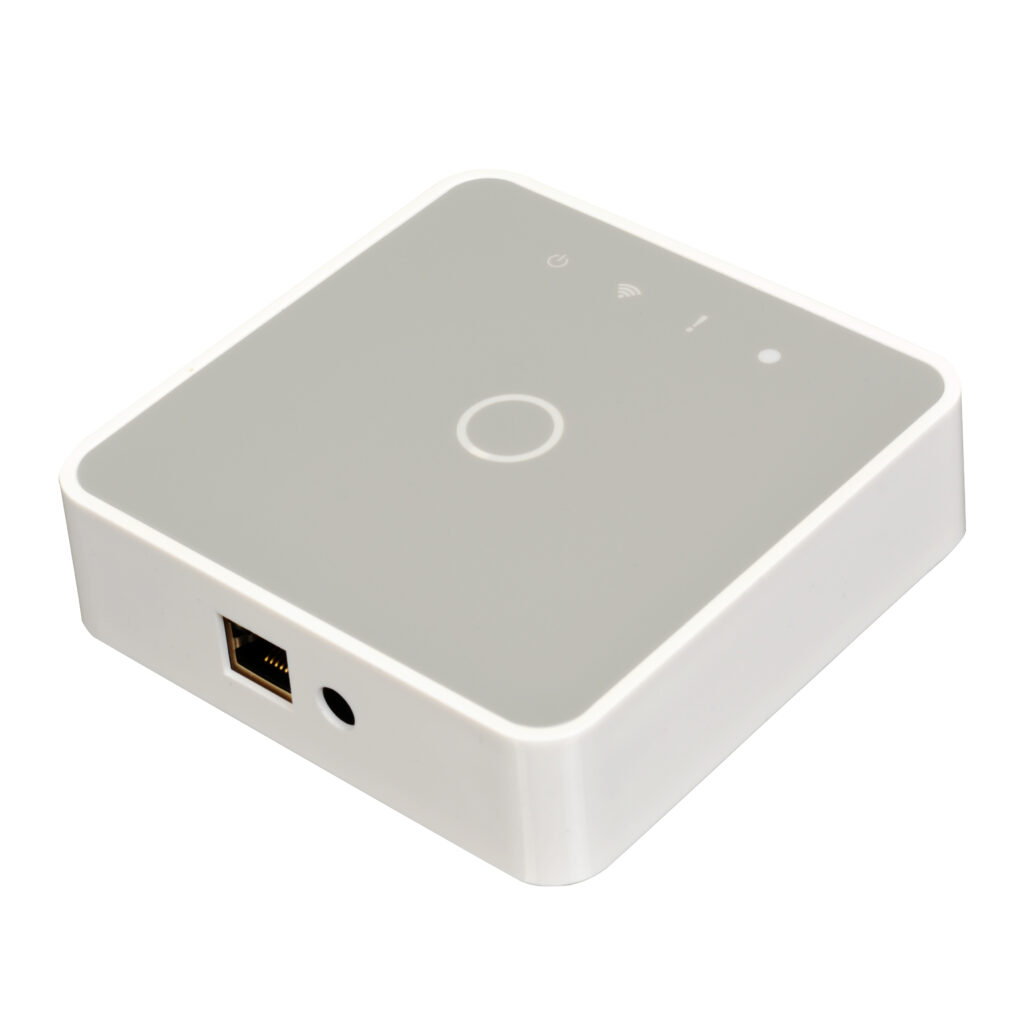All about COCO’s Interoperability Capabilities
The Internet of Things (IoT) is defined by the connectivity and networking possibilities. But, it is limited by the closed standards established by brands. Diverse standards and protocols, discouraging interoperability is the core problem of IoT.
Not just consumers, but businesses, and governments are moving towards global collaboration and integration. Partnerships and business mergers bring closed standards together. Aggregating people using open standards will enable interoperability and solve the connectivity problems within IoT. COCO brings a single unified communication standard that solves interoperability.
Now, interoperability is synonymous to open standards.
Enabling interoperability through inclusiveness and unified communication standard
COCO is already using open standards for wireless sensor network devices such as Zigbee, Zwave, and BLE. Bringing in a common communication problem does not fully solve interoperability. COCO’s interoperability framework also addresses the following:
Resource management: Growing networks are not a concern for COCO. It supports scalability and the complex nature of IoT with multiple brands and their devices.
Dynamic node management: Devices across brands as nodes can enter and exit a network. People owning these networks can also manage device nodes on behalf of their users.
5G-ready gateway interoperability: Connecting to the COCO gateway opens up for unlimited connectivity. The multi-protocol gateway is ‘Buzzed on COCO’, supported by the hybrid P2P architecture which comes with a programmable network layer. This layer manages mobility and QoS for massive IoT management.

OTA updates: A Buzzed on COCO device does not have to run the burden of updating either a single device or a suite of product lines. The OTA updates will bring in the latest value, eliminating additional technology costs on the devices launched into the market.
Sustainable interoperability linked to dependable ecosystems
Interoperability sprawls beyond a single network. To enjoy sustained interoperability, we have factored the need for a robust developer ecosystem. COCO Grove an exclusive IoT app store open to the developer community allows for easy app and software integrations. All apps and app services on COCO Grove are built using COCO’s client SDK which further allows interoperability.
For instance, any voice assistant such as the Google Home or Alexa can be added to the COCO ecosystem by using the respective ‘bridge apps’. More such integrating and independent apps can be made available. Anyone can enable cloud-to-cloud integrations. Either a device manufacturer or an independent developer can build a bridge and host it on our cloud in the serverless architecture.
COCO users can buy devices of their choice and install the bridge on their network through COCOGrove. Additionally, we allow app developers to develop services, across categories such as artificial intelligence, energy, building management, security, health, media, and entertainment.
Interoperability solutions extended via the COCOGrove includes self-mechanisms for controlling actuation, especially in future IoT autonomous systems.
A business opportunity for service providers and OEMs
These services are available for users of COCO via the telco partners. With COCO, OEMs who just want to focus on building devices and not worry about app and cloud maintenance can just use COCO’s device SDK and automatically become part of the COCO ecosystem. These can also be bought by telco partners.
It promotes an open and interoperable ecosystem to thrive for consumers, services providers, and device manufacturers.
COCO is driven by advantages of interoperability such as economies of scale, diminishing infrastructure costs, ease of use of multiple portals and applications, and a robust ecosystem. Learn more about how you can use COCO, explore Manage the Buzz.









Comments :
Leave a comment